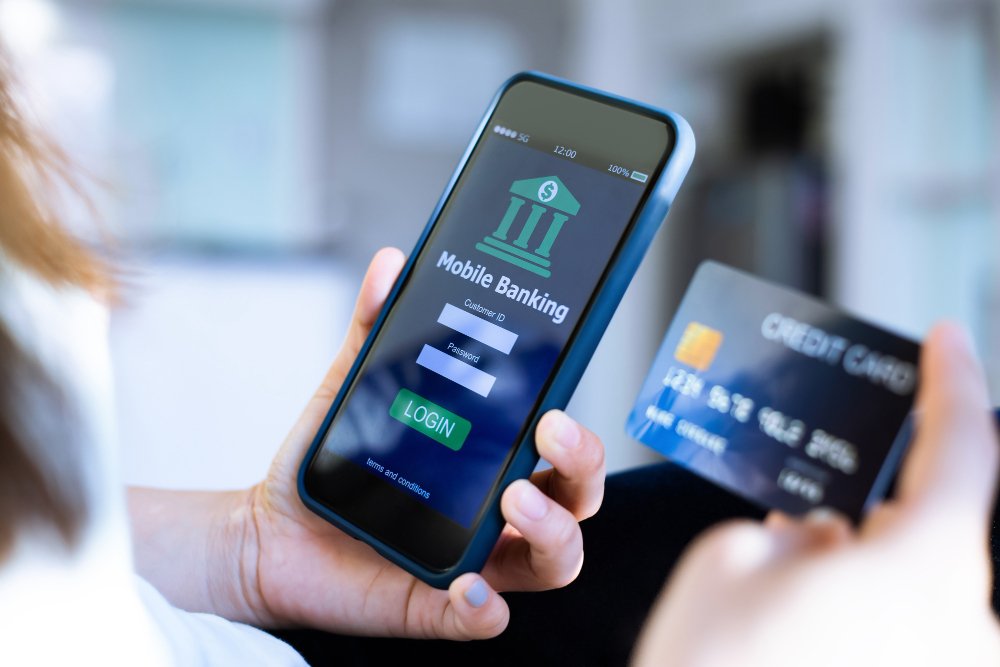The Future Of Card Issuing: Trends And Innovations In The Industry
Up from just 500 million in 2023, the number of payment cards issued via digital platforms will reach 1.3 billion yearly by 2027. This is a significant increase. This rise of 170% can be attributed to the significant interest in enhancing how customers access and replace cards from issuers. This is taking place against the background of issuers facing intense competition from digital-only banks and new fintech offering card services.
Innovative thought is considered a transforming force since it always remains relevant. Every industry has suffered in some way or another as a result of the significant amount of dynamic transformation that has taken place over the past several years. When this occurs, a creative mind stops the additional time, effort, and needs by persistently and firmly offering constructive ideas to elevate business development. This removes the need for any further time, effort, or requirements. Card issuing firms are creating creative ways to issue cards to make them more user-friendly and easier for customers. This notion is being kept in mind by these companies.
The introduction of credit and debit cards undoubtedly paved the way for larger transactions and the facilitation of quick and simple payments in a short amount of time. The banking industry saw this as a hint to maximize the upselling of its credit cards, which come with various perks. This was the case until the coronavirus introduced the concept of no-contact payments, which eventually led to a growth in the use of digital and UPI payment systems such as Google Pay, Virtual Pay, and others. These allowed consumers to settle the transaction in an even more convenient manner.
Current Landscape of Card Issuing
Let’s highlight the industry’s major players and explore the challenges card issuers face in the dynamic financial landscape.
Major Players in the Industry: The card issuing industry encompasses a wide range of participants, including:
- Banks and Financial Institutions: Traditional banks and financial institutions hold a significant share in the card issuing market. They leverage their existing customer base, infrastructure, and regulatory compliance to issue cards.
- Credit Card Companies: Global credit card companies like Visa, Mastercard, American Express, and Discover play a pivotal role in the industry. These companies establish partnerships with banks and issuers, providing them with network access and transaction processing capabilities.
- Fintech Startups: With the rise of financial technology, numerous fintech startups have emerged as key players in the card issuing space. These companies leverage innovative technologies, user-centric experiences, and streamlined processes to cater to niche markets or offer alternative banking solutions.
Challenges Faced by Card Issuers: Card issuers encounter several challenges in the evolving financial landscape. Some notable ones include:
- Fraud and Security: Identity theft, data breaches, and unauthorized transactions are just a few of the illicit activities that card issuers are always at risk. To safeguard cardholders and issuers, Virtual Pay has implemented a robust security feature, including multi-factor authentication and fraud detection systems, and many in the industry to tackle this challenge.
- Regulatory Compliance: Card issuers are required to abide by a complicated web of rules, including laws about consumer protection, data privacy, and anti-money laundering. The enforcement of these rules necessitates a significant investment in time, talent, and oversight.
- Technology Developments: Card issuers have both possibilities and problems due to the quick speed of technological development. They must adjust to new technologies like mobile payments, contactless transactions, and blockchain-based solutions to remain competitive and satisfy changing customer expectations.
- Changing Consumer Demands: Preferences and expectations of consumers are always changing. Card issuers must modify their products to meet these evolving needs by delivering customized rewards programs, connections with digital wallets, and frictionless user interface across all channels.
Trends and Innovations Shaping the Future of Card Issuing
The landscape of card issuing is continuously evolving, driven by technological advancements, changing consumer behaviors, and market dynamics. From contactless payments to embedded finance, these developments are revolutionizing how we interact with payment cards and paving the way for a more convenient and inclusive financial ecosystem.
Growing Use of Contactless Payments
Even while the epidemic is ending, consumers will still be drawn to the advantages of speed and convenience and avoiding physical contact.
Remarkably, a card reader only takes less than one-tenth of a second to verify a connection with a contactless card or phone. This functionality is supported via a short-range wireless communications technique called near-field communication (NFC). NFC-enabled reader devices and phones with built-in NFC chips exchange data for contactless payments.
Contactless payments leverage advanced encryption and tokenization technologies, reducing the risk of fraud and unauthorized transactions without physically inserting their cards or entering a PIN.
Retail and New Hardware Solutions
Adopting new technologies and payment methods has also altered the payment environment, necessitating hardware and software upgrades from shops. For instance, adopting EMV chip technology and the associated boost in security compelled retailers to upgrade their point-of-sale hardware.
Contactless point-of-sale terminals were introduced by adding Near Field Communication technology to chip cards and mobile devices. Nearly all POS terminals today accept EMV technology, and many of them include built-in contactless features. Large merchants, including Target stores and CVS pharmacies, accept contactless payments.
Digital Wallets are Increasing.
The number of people utilizing digital wallet applications on their cell phones to make purchases has increased along with using mobile devices during the past several years. Although the two terms are frequently used interchangeably, there are some subtle differences between the two. A mobile wallet is a payment program used to make in-store purchases using a mobile device; examples include Google Pay, Apple Pay and more. Both digital wallets and mobile wallets contain payment information.
Mobile wallets are included in the general phrase “digital wallet,” which also refers to devices that may store data such as gift cards, loyalty cards, and ID cards, make online transactions, and send money to friends and family. The aforementioned mobile wallet applications and programs like PayPal, Virtual Pay, and many more are examples of popular digital wallets.
Using a digital wallet makes paying quick and simple. They eliminate the requirement for a physical credit card for transactions in person and the necessity for numbers to be entered when making purchases online. Peer-to-peer (P2P) programs like Venmo and Cash App allow two parties to conduct a transaction virtually instantly without needing account information; all that is required is a name, email address, or phone number.
With this degree of ease, it’s understandable why more people are using digital wallets. By 2025, according to a survey on the Bloomberg website, more than half of the world’s population will use mobile wallets.
Virtual Credit Card Payments Grow
Contactless payments are increasing along with the expansion of virtual credit cards and QR code-based payments. Virtual credit cards have been available for a long. Still, it wasn’t until 2020, when many customers started to favor contactless payments, that acceptance in the US started to rise significantly.
The majority of significant technology and payment service providers now supply their own virtual credit cards. In the ever-evolving landscape of card issuing now, virtual credit card payments have emerged as a significant trend, transforming the way transactions are conducted in the digital era.
Virtual payment cards, or e-cards, are digital representations of physical credit cards. They are generated with unique card numbers, expiration dates, and security codes, enabling users to make online purchases securely without needing a physical card.
An increase in ACH transactions
Peer-to-peer (P2P) payments, credit and debit card transactions, and Automated Clearing House (ACH) transactions are all increasing as more people and companies worldwide choose mobile and digital payment methods over cash.
When adopting digital payment methods, consumers today anticipate cash’s ease and immediate gratification. At the same time, retailers value improved cash flow management.
Security Innovations
The demand for safe payment processing is increasing as more and more customers choose digital payment methods. As a result, several sophisticated payment security solutions have been introduced recently. A good example is 3-D Secure 2.0, a security protocol (SP) that provides an extra layer of security to card-not-present (CNP) transactions by instantly verifying the customer’s identification. Numerous payment methods are supported by e-commerce, in-app, mobile wallet, and mail order telephone order (MOTO).
Consumer perceptions of payment processing security concerns are shifting due to advancements in biometric technologies. According to market research surveys, consumers feel biometric screening technologies, such as fingerprint scanners, voice, and face recognition systems, are more user-friendly and safer than conventional identity verification technologies.
Conclusion
Various developments and technologies that are transforming the business are shaping the future of card issues. Contactless payments, digital wallet integration, and integrated finance and virtual credit card payments are revolutionizing how we engage with payment cards and paving the way for a more seamless and inclusive financial environment.
By adopting these trends and developments, card issuers can provide customers with a smooth, safe, and customized payment experience, propelling the industry ahead and influencing the financial landscape of the future.






